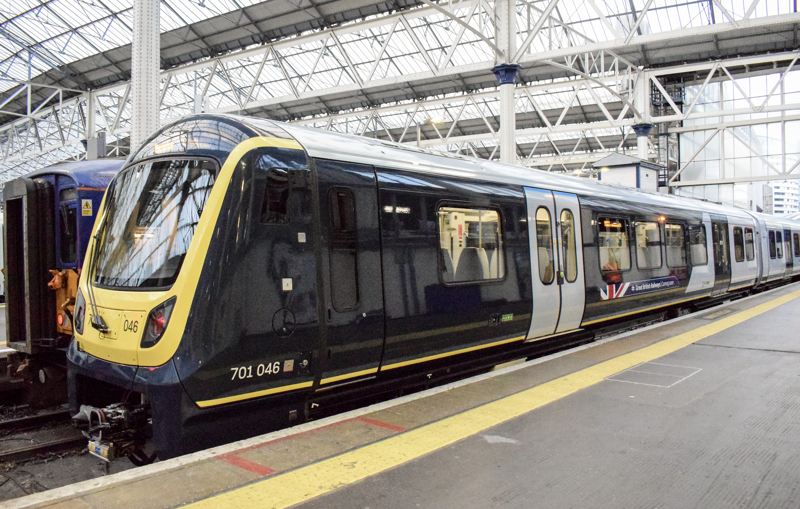
Rail Minister Lord Hendy has said there is “a bit to do with the South Western” after its renationalisation.

Rail Minister Lord Hendy has said there is “a bit to do with the South Western” after its renationalisation.
After 29 years of private control, the First MTR ownership of South Western Railway came to an end in the early hours of May 25. It is the first operator to transfer to the public sector since Labour’s election victory last year.
At a photo opportunity to unveil the new logo, Transport Secretary Heidi Alexander said operators will have to “earn the right to wear the Great British Railways badge”.
Hendy explained this meant newly nationalised operators needed to meet punctuality and cancellation standards “on a consistent basis to prove to people that GBR is a better service”.
Speaking about South Western he added: “There’s a bit to do.
“It is, frankly, not perfect at the moment. Punctuality is not bad; cancellations are too high. They have a shortage of drivers. They have to get the new trains into service, because many have been sitting around for years.”
90 Class 701 Arterio trains were ordered in 2017, for delivery from 2019. The first carried passengers in January 2024 and to date, only up to 7 10-car trains are used each day, with most held in storage.
In April, SWR announced that guards would close train doors at stations, despite Arterios being designed for driver-only operation, in an attempt to get more of the fleet into service over the next two years. Between 2017 and 2020 the RMT union had held 74 days of strike action over the role of guards on the new trains. Now the company conceded that drivers still faced “some specific challenges” in viewing along the train “under all light conditions” at a number of stations.
The intention is still to have drivers opening and closing the doors, but no date has been given. Most of the 750 mainline drivers who will work the new rolling stock have yet to complete their two-week conversion course.
Hendy told RAIL: “If you’re a short-term franchise, you don’t necessarily think of the long-term health of the railway. Things are put off for the next people to deal with. Even on the South Western, franchise changeovers have not gone smoothly.”
He warned: “We will have to pay particular attention to cost, because it is too high. The bottom line is the net cost to the taxpayer and the best possible service to passengers. For the first time in 30 years, somebody will be in charge of both the operations and infrastructure, and be held accountable for the whole way the South Western will be run. That’s a really important moment.”
A senior industry source set out the scale of that challenge. “Managing directors are fed up with micro-management,” he told RAIL. “They are completely neutralised by civil servants, and have no freedom to decide anything. The leadership need some headroom, as at Southeastern and LNER, which are doing well.
“There are poor relations with the unions, there’s a lot of mistrust between the operator and the DfT, and between the DfT and the Treasury.
“They will have to sort the Arterios, some of which require repairs due to degradation before they’ve carried a passenger. Sort the union relationship. Run longer trains. Then have the first timetable recast since Andrew Haines did it more than 20 years ago, when he ran SWT (South West Trains), because the pattern of passenger demand is different now.
"There needs to be less Sunday engineering work, moving it to be less disruptive. And the diesel Class 159s will have to be replaced with battery trains and discontinuous overhead wires to Exeter.”
Login to continue reading
Or register with RAIL to keep up-to-date with the latest news, insight and opinion.

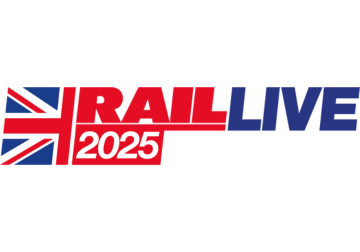
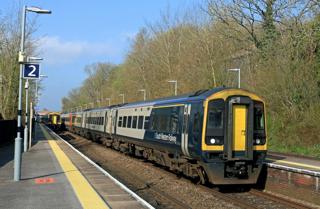
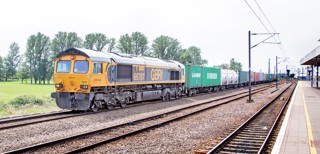
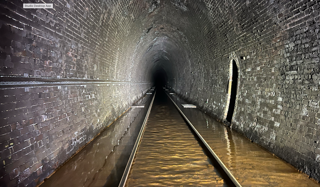
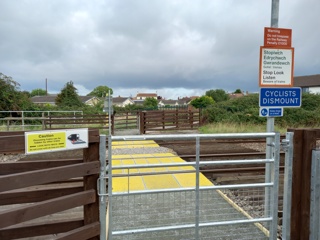












Login to comment
Comments
No comments have been made yet.